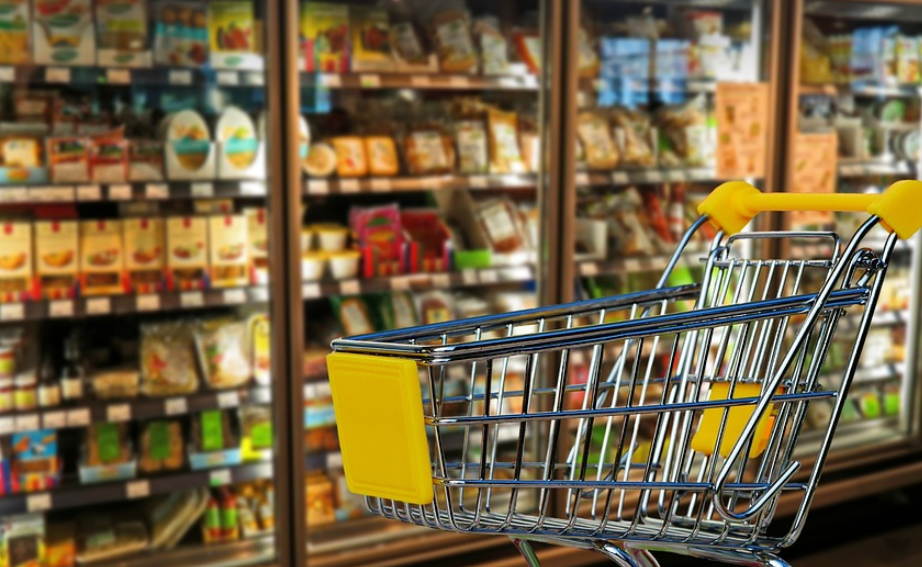Chesapeake Bay Bridge Toll: Your Quick Guide To Crossing The Iconic Bridge

What is the Chesapeake Bay Bridge Toll?
The Chesapeake Bay Bridge, a marvel of engineering that stands as a testament to human ingenuity and ambition, has become an iconic symbol for Maryland. This vital bridge connects Virginia and Maryland, facilitating transportation across the Chesapeake Bay, connecting the East Coast in a way few others can.
Why Do We Pay the Toll?
The Chesapeake Bay Bridge, while a symbol of progress and technological achievement, is also a critical piece of infrastructure that requires ongoing maintenance. As with any large-scale project, the need for constant upkeep and repair is undeniable. This means the bridge doesn’t just stand on its own – it needs to be kept in top shape.
To ensure this essential infrastructure continues to serve its purpose, the Maryland Department of Transportation has implemented a toll system for vehicles crossing the Chesapeake Bay Bridge. Paying the toll ensures that the vital maintenance and repairs necessary to keep the bridge functioning smoothly are funded.
How Much Does It Cost?
The cost of crossing the Chesapeake Bay Bridge can vary depending on various factors. The most notable factor is your vehicle’s type – whether you’re driving a car, truck, or motorcycle. For cars and trucks, the toll is straightforward:
A single-axle vehicles like passenger cars and SUVs pay $5.00 for a one-time crossing. If you’re traveling in a larger vehicle like a van or a semi-truck, the toll rate goes up to $10.00. The rates are designed to be fair and equitable, reflecting the varying needs of different vehicles.
For those who prefer to take their bikes across the bridge, there’s a designated bike lane for cyclists. The cost is only $5.00 for one-time crossing on the bike.
Paying the Toll: On and Off the Bridge
You can pay your toll conveniently using cash or credit card at several tollbooth locations located along the bridge itself. There are three main options for paying tolls:
- Toll Booths: These booths, strategically placed throughout the bridge’s span, allow you to pay directly at the time of crossing using cash or credit card.
- Electronic Toll Payment (ETP): If you’re driving a car with ETP capabilities, or even if your vehicle is equipped with a transponder, you can use this option for a seamless and efficient toll collection process. The payment method utilizes technology to electronically deduct the toll from your account.
- Mobile App Payments: For those who prefer digital convenience, many Maryland residents have access to mobile apps that facilitate toll payments. This modern approach allows you to pay tolls directly from your smartphone via the app’s interface.
Additional Information and Resources
For any questions or concerns regarding the Chesapeake Bay Bridge toll procedures, don’t hesitate to visit the official Maryland Department of Transportation (MDOT) website. The MDOT website provides detailed information on all things related to the bridge – from toll rates to traffic updates.
A Final Note
Crossing the Chesapeake Bay Bridge is a journey through history, a testament to human ingenuity and ambition. Whether you’re just passing through or embarking on a long-awaited vacation, taking that much-anticipated drive across this iconic landmark adds to the experience, but paying your toll ensures that the bridge maintains its functionality for generations to come.

